Last July 3rd was the 23th anniversary of the death of Enric Miralles, a great architect and one of our favourite masters. Today we want to share an extract of a wonderful article published by Rafael Gomez-Moriana, who is part of the BAW team, in the Architectural Review magazine in 2021. Here it is:
A firm believer in designing by doing, the short but illustrious career of Miralles left a broad legacy of work characterised by continuous drawing and making.
It has now been more than 20 years since Enric Miralles died at the young age of 45. And even as conversations shift from questions of form-making and expression towards performance and social equity, he continues to influence new generations. Miralles was able to build an extremely ambitious and influential oeuvre, consisting almost exclusively of public buildings. This is due to many factors, starting with an excellent professional education with a strong technical basis, his innate talent and charisma, and an unusually optimistic and effervescent cultural and political moment in his native Barcelona: an alignment of the stars.
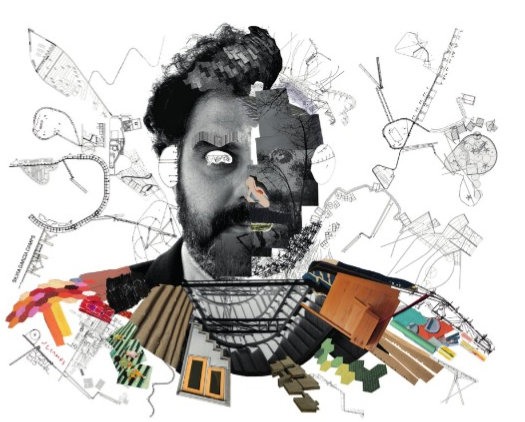
Conversations with colleagues were a critical element of his design process. He worked closely and intensely with professional partners who were also his life partners: Pinós from 1984 to 1989, and Tagliabue from 1993 until 2000. While buildings designed with Pinós are generally characterised by raw materials and a strong connection to the ground, those designed with EMBT are noticeably more chromatic and aloof, displaying a subtle shift from a certain gravitas towards more flying colours. Conversations also took place between the architectural work and its contextual reality: ‘My work is absolutely interested in dealing with reality in all its contradictions, difficulties, and misunderstandings’, he said in an interview with magazine Summa+.
This formally autonomous way of working can be criticised for leaving questions of function and utility out of the conversation. His buildings have often been described as highly sculptural and Miralles’s work is even, to some, questionable as architecture – maybe because architecture is not as open and autonomous a field as contemporary art. He was perhaps more of a visual artist who used architecture as his medium. He did find much inspiration in modern and contemporary art, especially in the work of Giacometti and Hockney. He produced immense photographic collages to document sites and interventions, as well as complex line drawings that are not only construction documents but also exquisite compositional artworks in their own right.
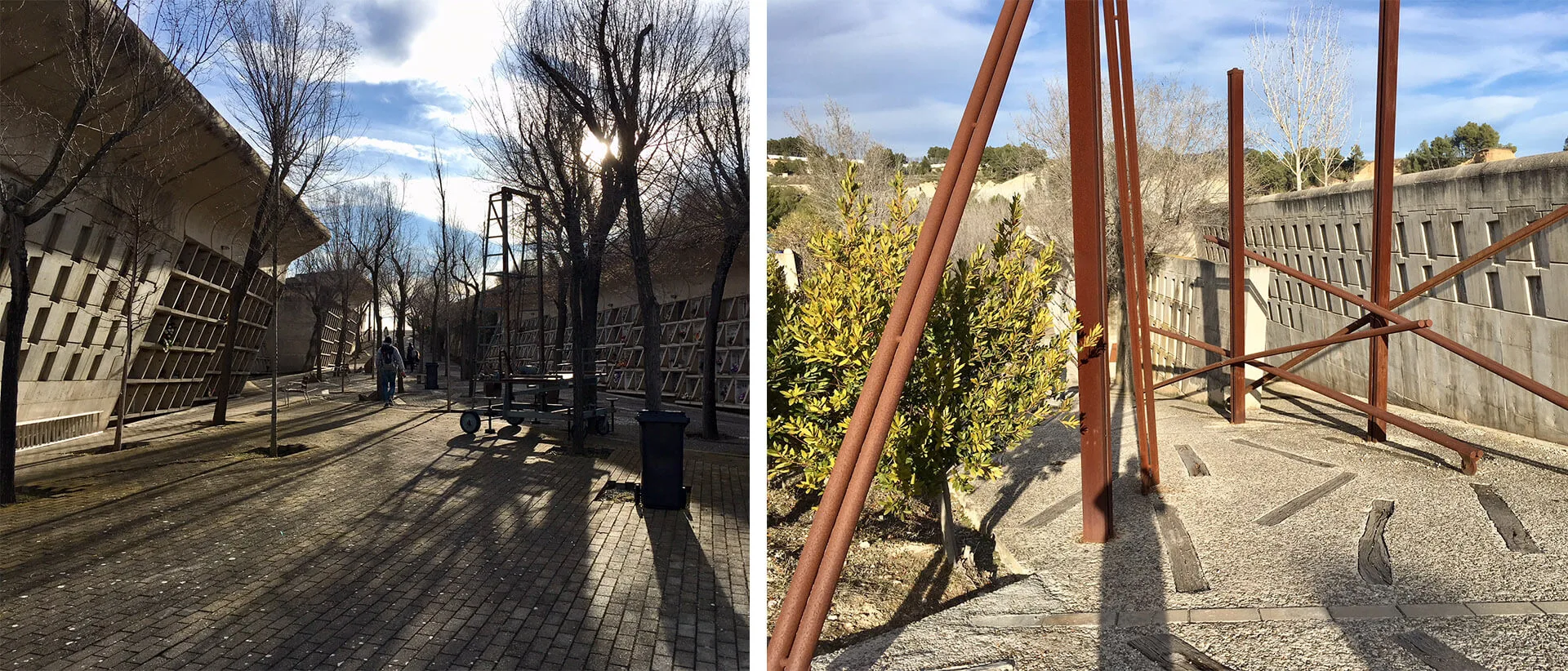
Recalling the imagery evoked by Frampton, Luis Fernández-Galiano wrote that ‘Enric may have had his head in the clouds, but his architecture was great as long as he had his feet firm on the ground.’ Like the Igualada cemetery, the Morella boarding school is a beautiful example of how architecture meets the ground. Miralles was also a masterful builder and detailer for whom structure – even if overly complex – formed an integral part of a design project’s point of departure, as opposed to an afterthought left to consultants.
While a career ending at 45 might preclude developing ‘full maturity’ as a designer, Miralles fascinates because, no matter how complex his lines and ideas, he was able to get them built. He will continue to inspire even as values, reality and the discipline itself changes.

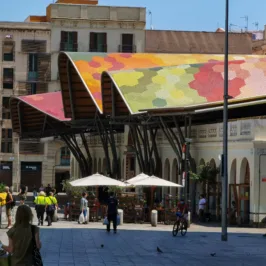
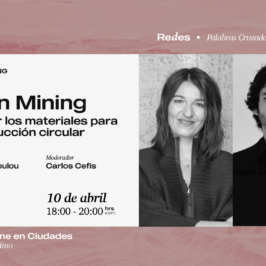
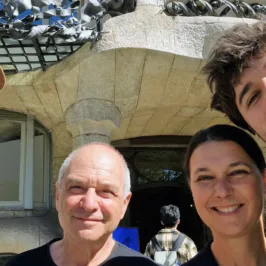
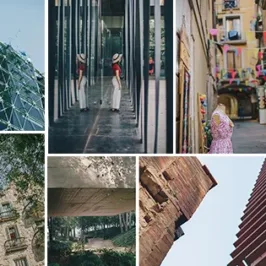
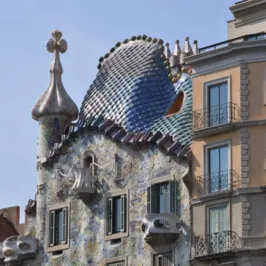
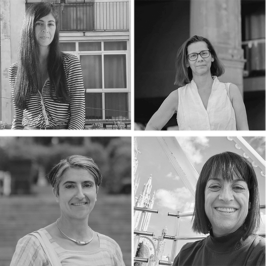
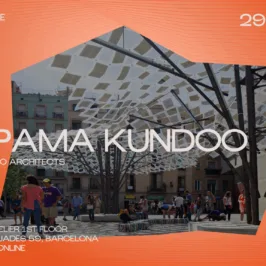

Leave a Reply